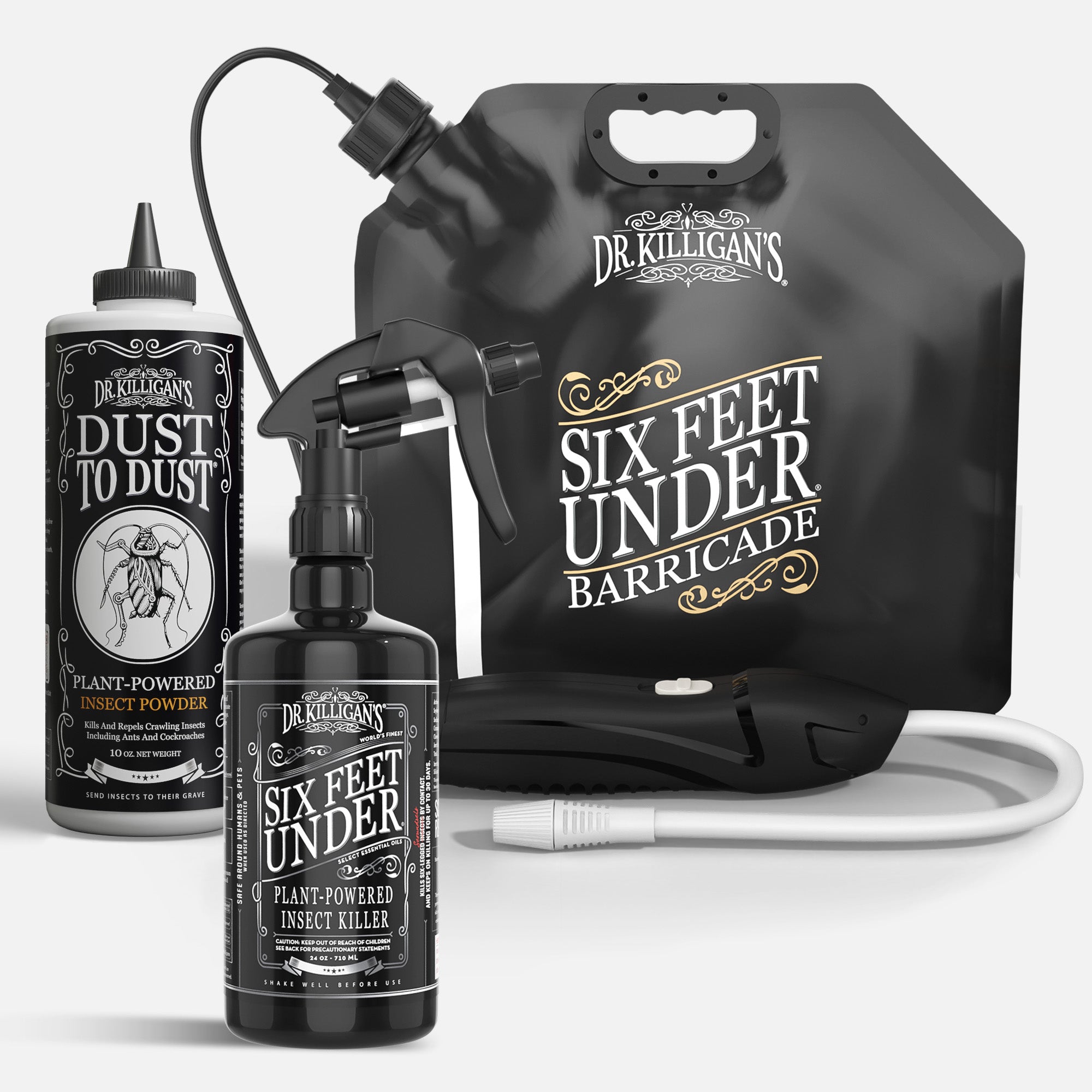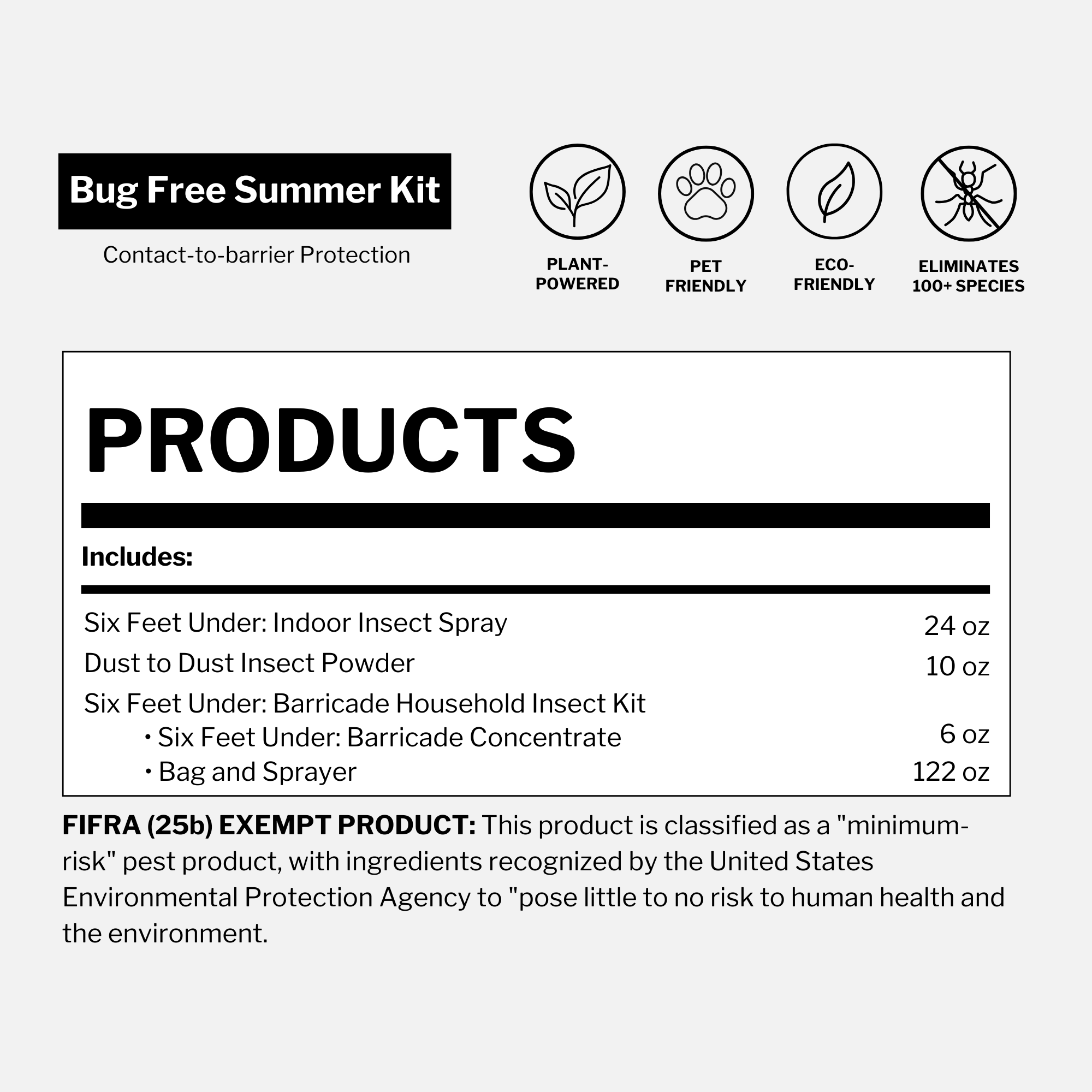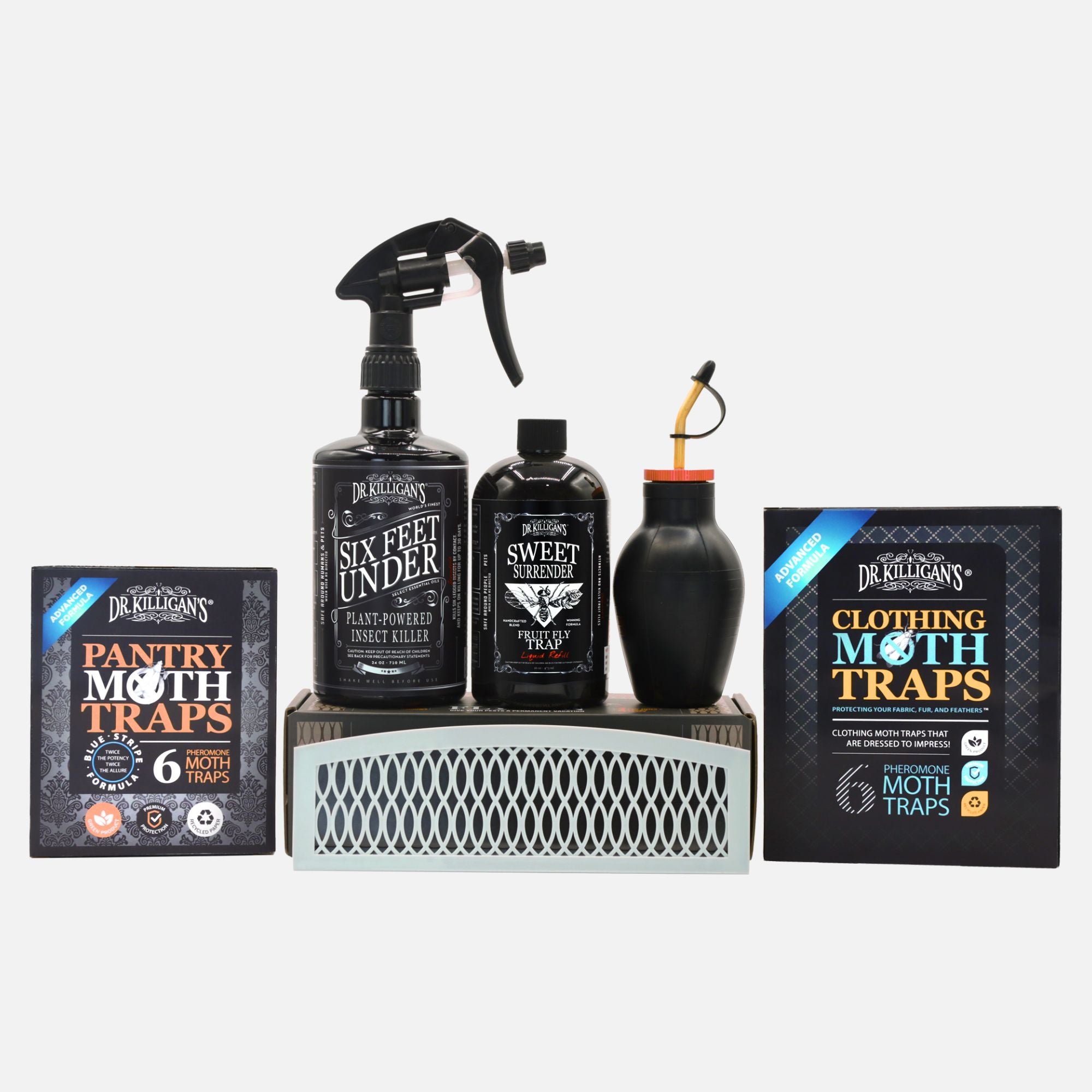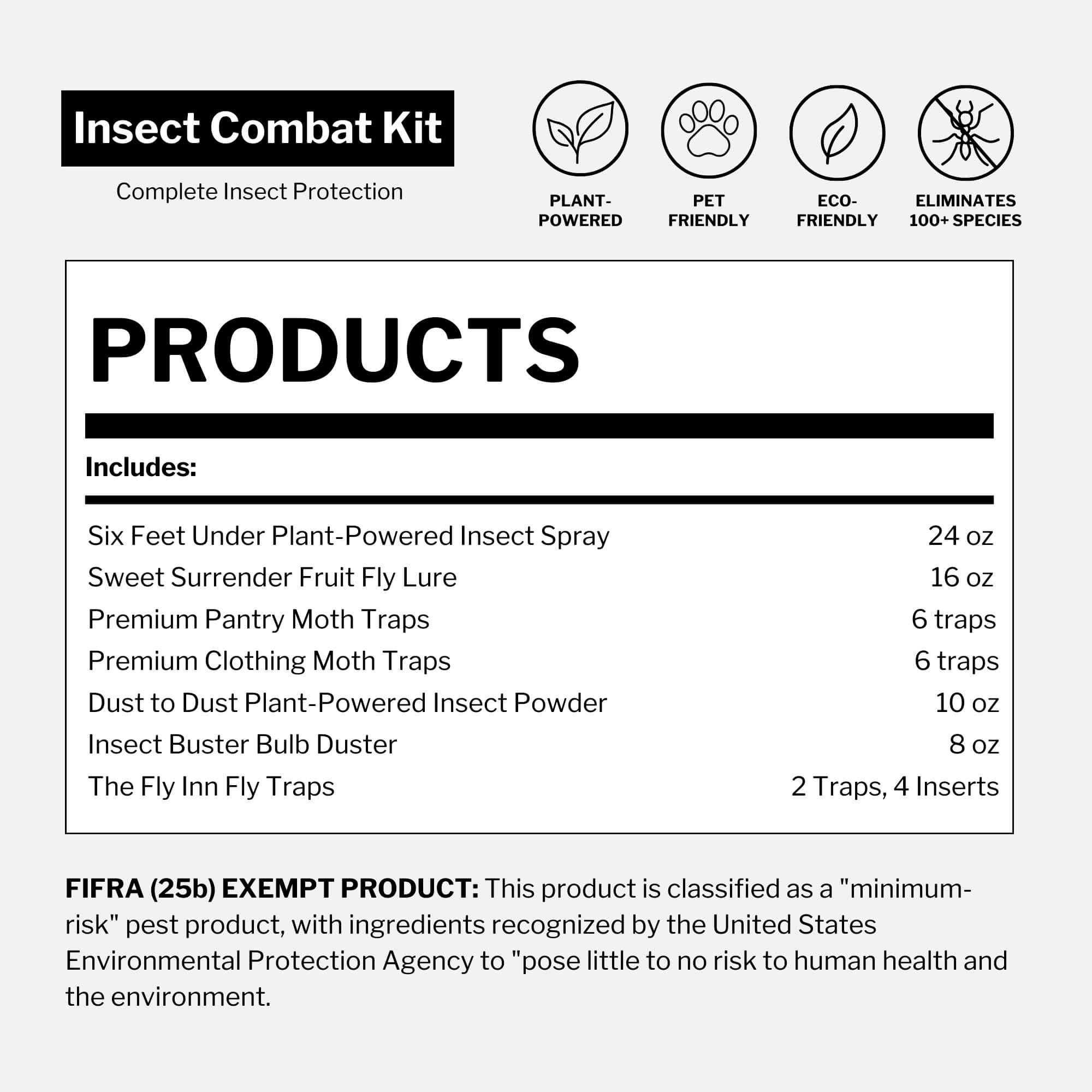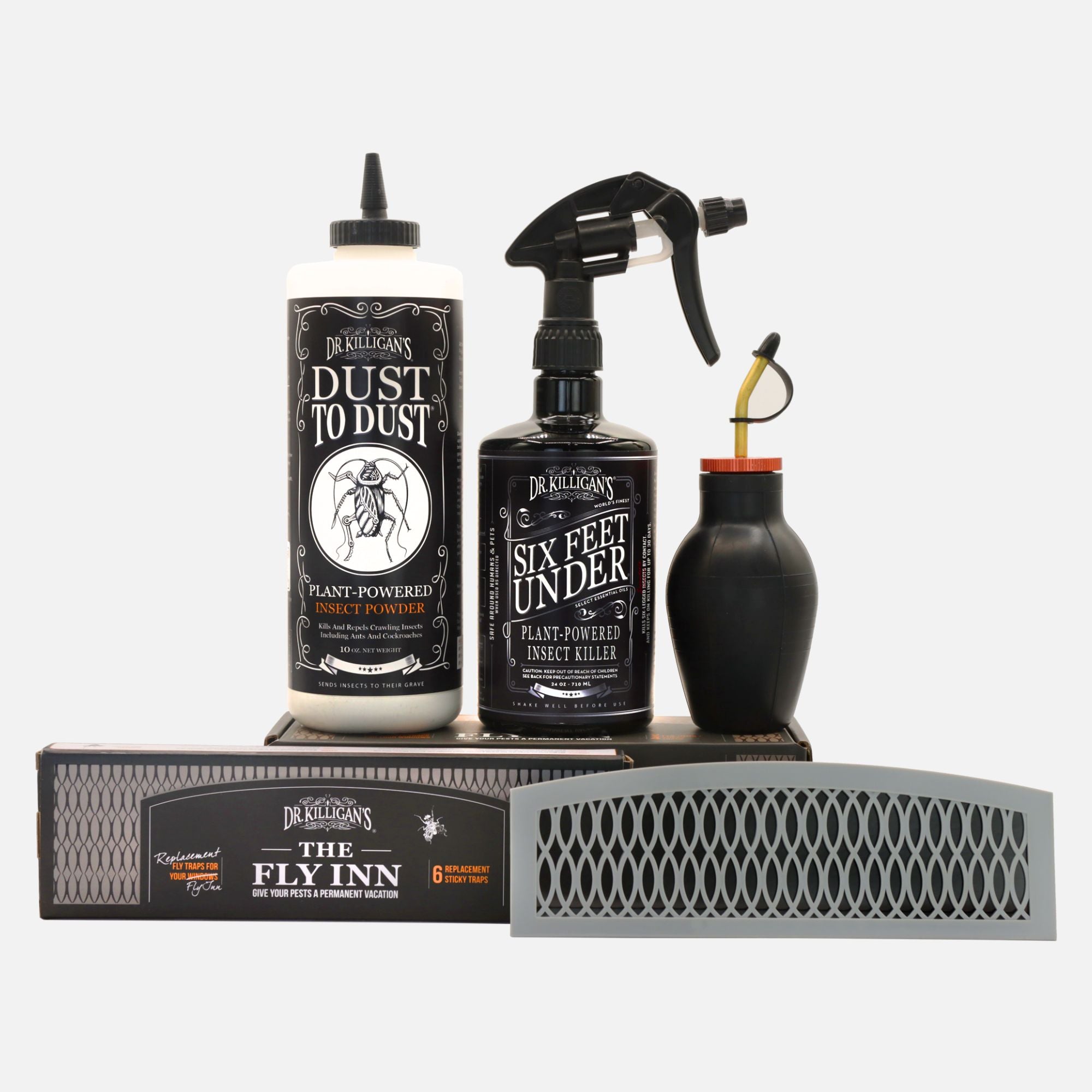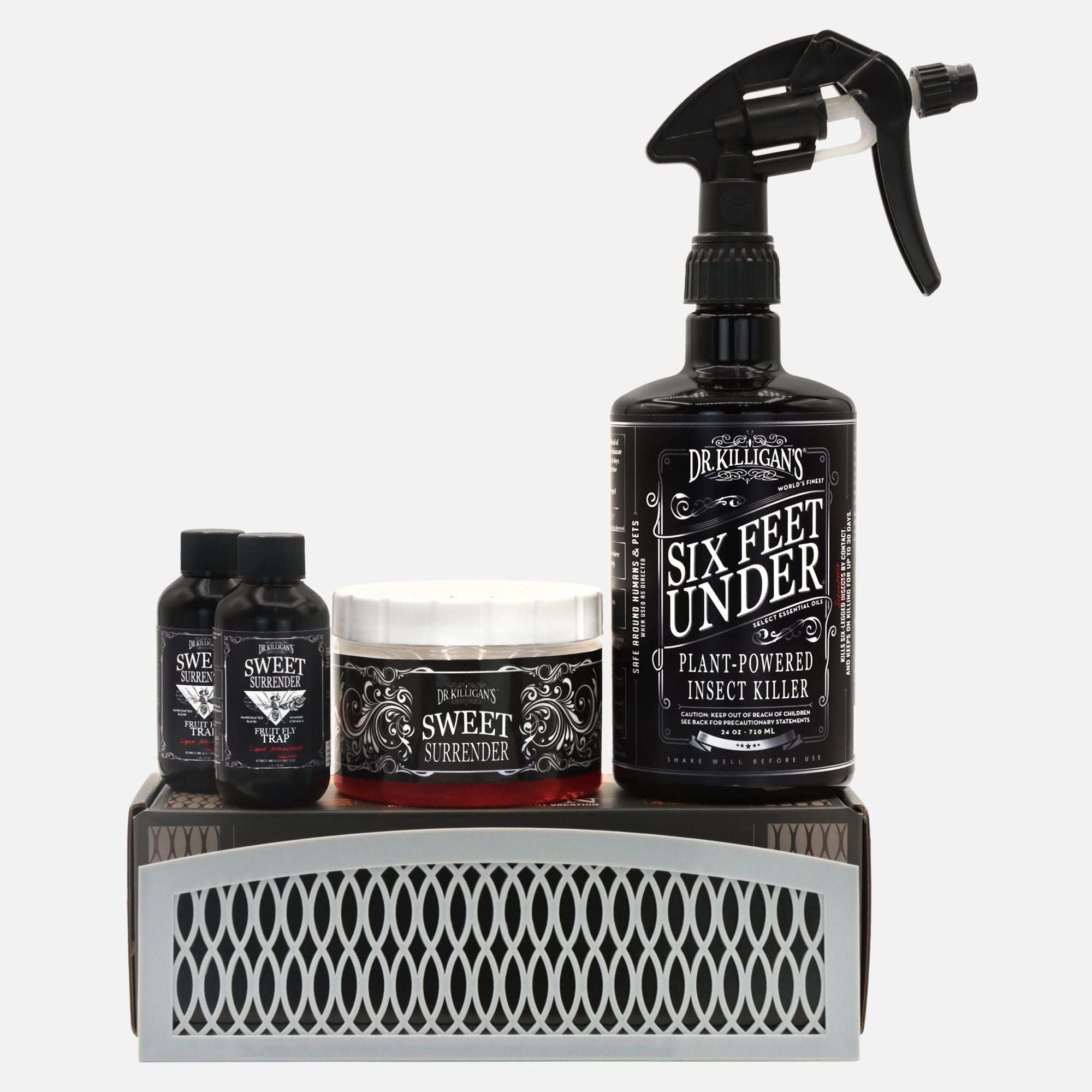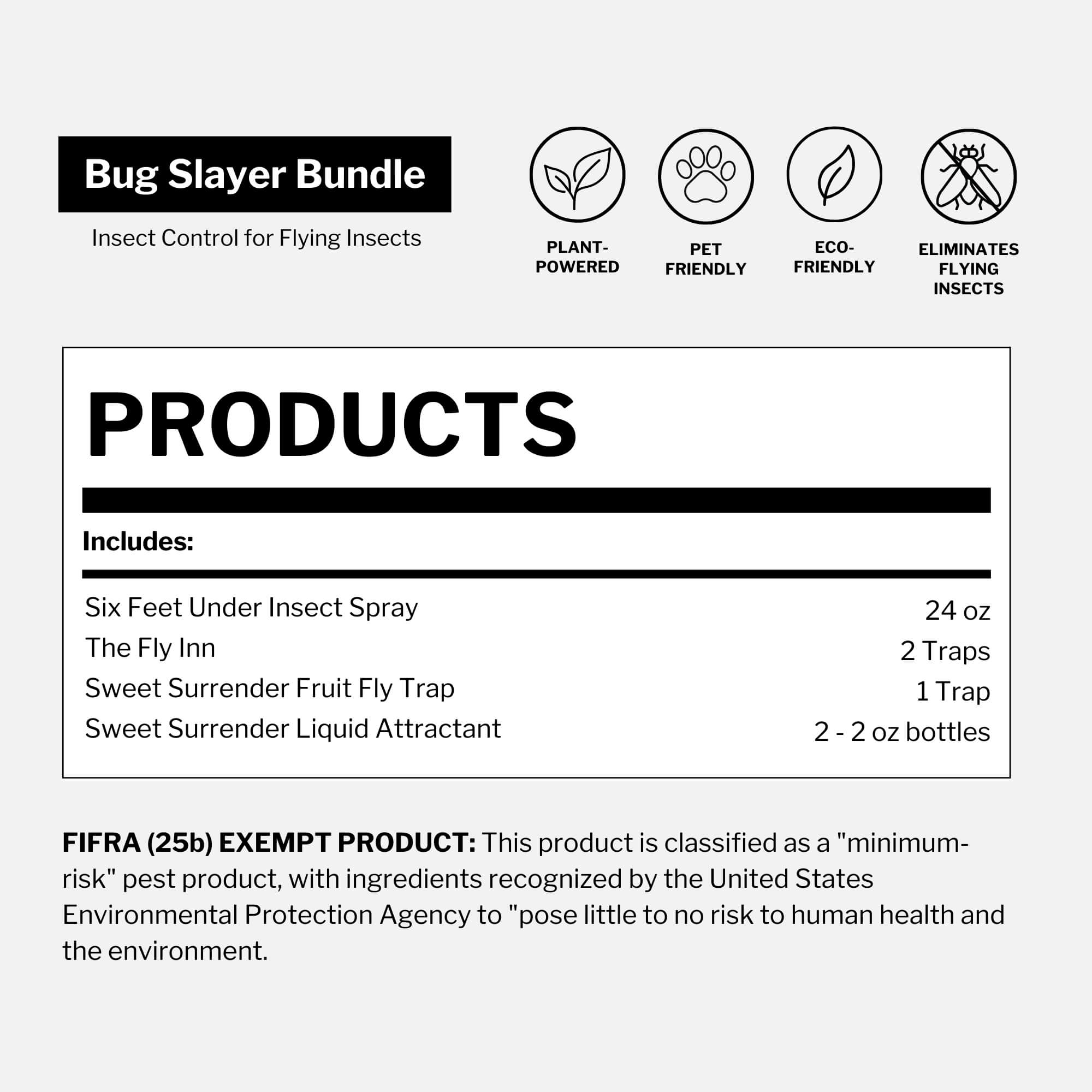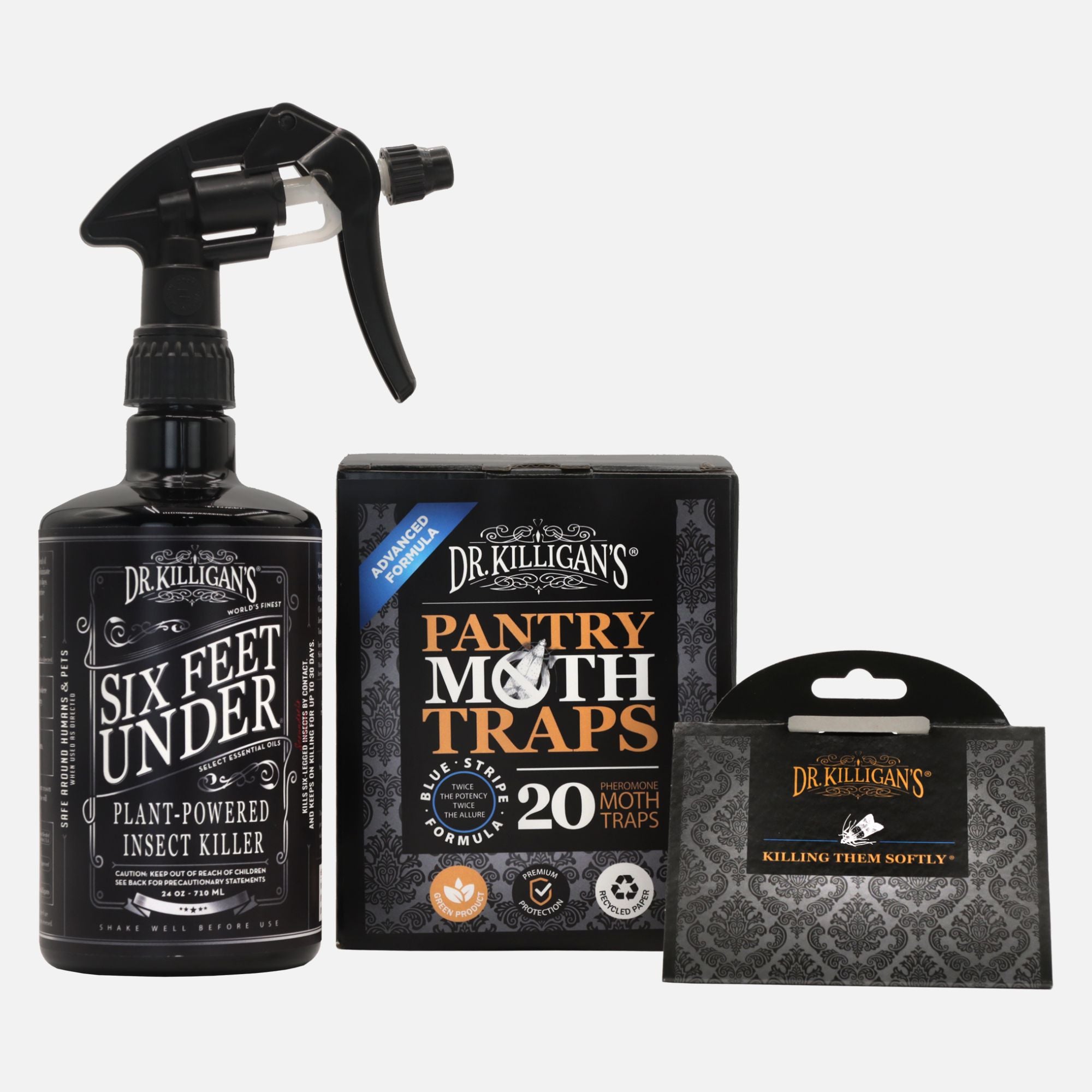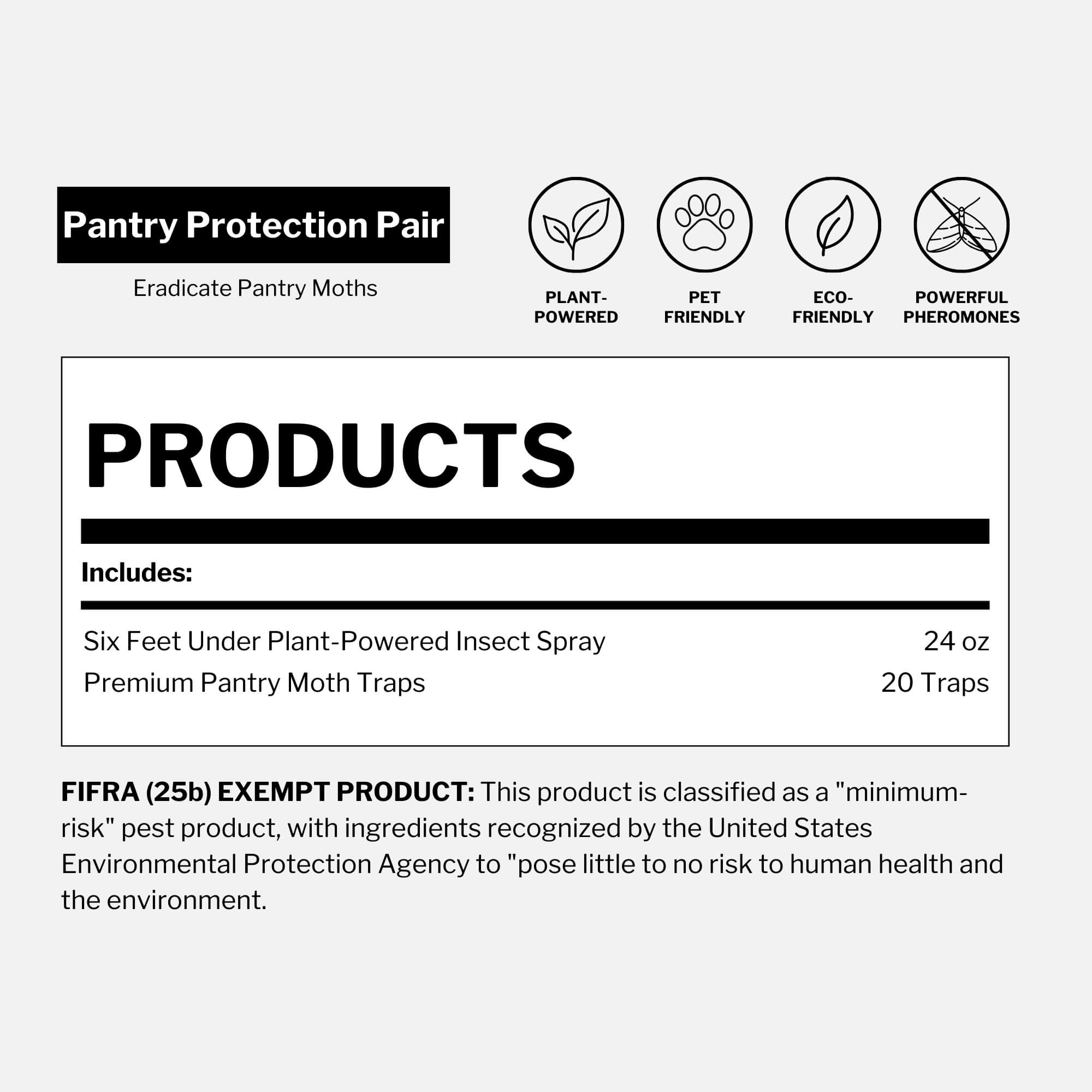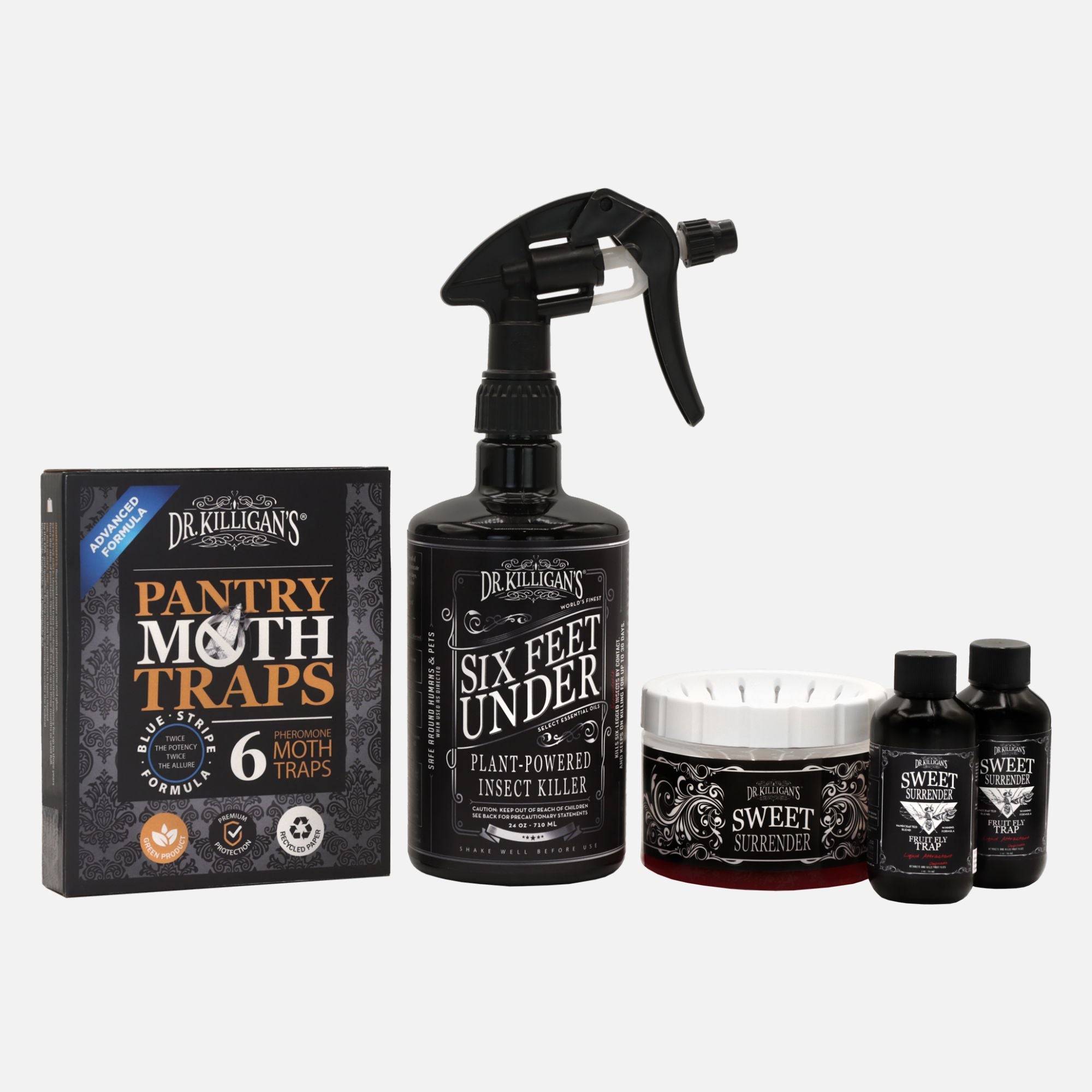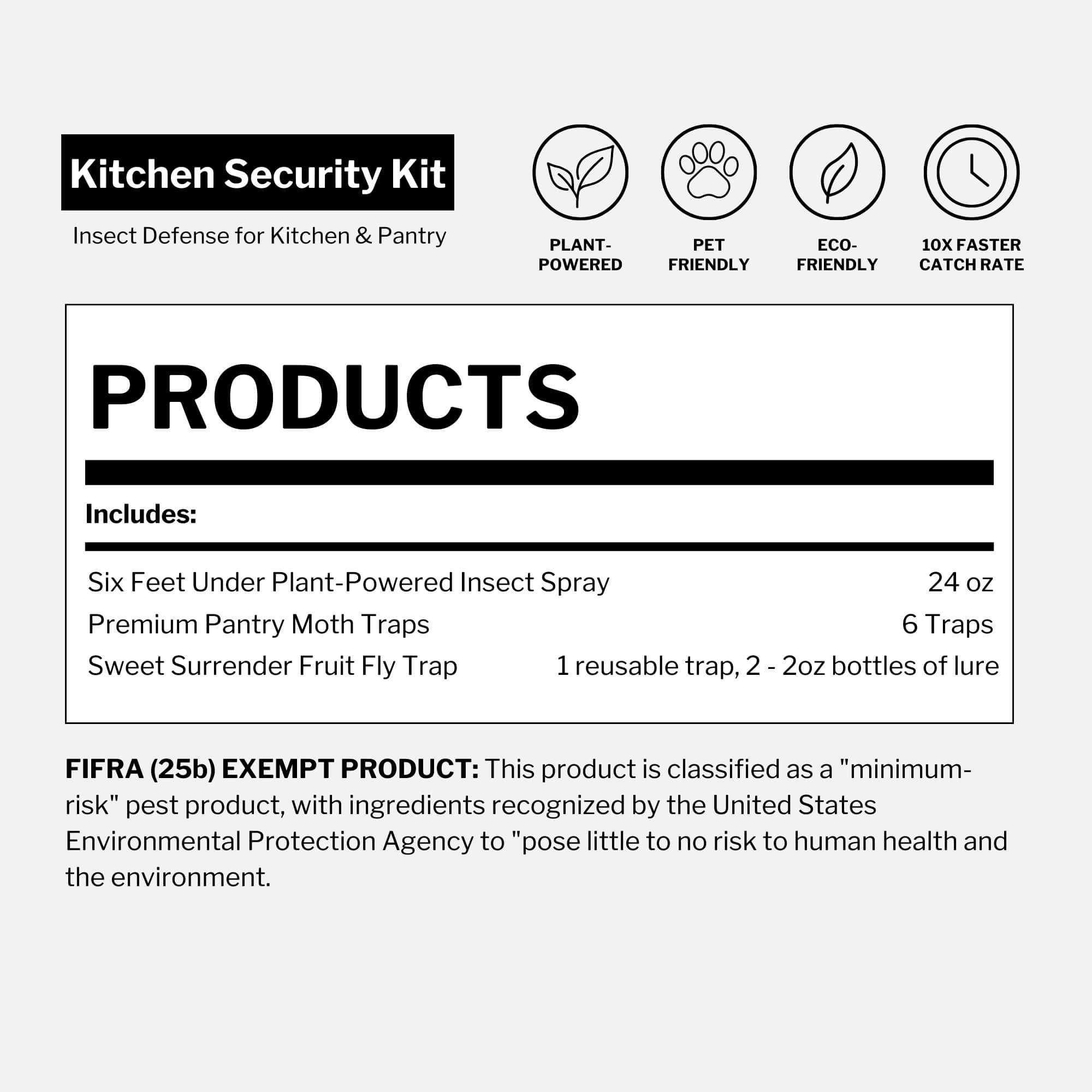Biting midges—tiny, nearly invisible insects also known as no-see-ums—have an outsized impact. Their bites can cause intense itching and red welts—and may lead to complications if not treated. Worse, these pests can invade your home, bite you in bed and pose risks to both humans and animals.
While their size may fool you, biting midges are a serious nuisance. Though easy to miss, their bites are far more persistent—and often more irritating—than those of other common insects. And unlike other pests, midges can infiltrate indoor spaces through screens and gaps, making them especially hard to control.
In this guide, we’ll explore how to identify midge bites, where these pests hide (including in your bed) and the most effective ways to eliminate biting midges from your home and yard—naturally and safely.
>>> Eliminate biting midges with the world's most effective eco-insecticide
Midge bites vs. other insect bites: How to tell the difference

Biting midges (also called no-see-ums) are often confused with mosquitoes, fleas or even mites—but their bites have distinct characteristics.
What do midge bites look like? Unlike mosquito bites, which are raised and puffy, midge bites are typically small, flat, red spots. They’re also intensely itchy—often more so than other bug bites—and may cluster on exposed skin like arms, neck or ankles.
Flea bites usually appear around the legs and ankles, but they don’t typically cause the same level of inflammation or persistent itching as midge bites. And while mite bites can be similar, they tend to occur indoors and often require treating your bedding or furniture.
Midge bites are deceptively severe. The irritation often lingers and repeated scratching can break the skin—potentially causing rashes, scabbing or even infection. If your bites aren’t healing or continue to spread, biting midges could be the culprit.
No see um bites: The invisible nemesis
You may have heard biting midges referred to as “no-see-ums”—and the name fits. These tiny bloodsuckers are so small they often elude the naked eye until the itching begins. By then, it’s usually too late to prevent the bite.
The challenge with no-see-um bites is twofold: they’re difficult to detect in real time and the reactions they cause can be far worse than mosquito bites. For many people, the reaction kicks in hours after the bite—resulting in relentless itching that often results in raw or irritated skin.
Even more concerning, no-see-ums are small enough to slip through standard window screens, which makes them a household pest as much as an outdoor one. Once inside, they can bite while you sleep—typically targeting exposed skin like your legs or upper body.
Mite bites vs. midges: A comparative study

It’s easy to confuse midge bites with those of mites—especially when all you’re left with is an itchy red mark. But understanding the differences between these two pests can help you treat bites more effectively and prevent future infestations.
Mites are often found indoors and tend to live on pets, in furniture or inside bedding and carpets. Their bites may appear as clusters of small red bumps, often accompanied by intense itching—especially at night. Some mites, like scabies, burrow into the skin and require medical treatment.
Biting midges, on the other hand, are mostly outdoor pests that thrive in warm, humid environments near water. Unlike mites, they don’t live on their hosts—they bite, feed and leave. Their bites usually appear as faint, flat marks and may take longer to heal than mite bites, especially if scratched.
Know the difference at a glance:
- Mite bites—Small, red bumps that may appear in clusters, often itch more at night.
- Midge bites—Flat, red patches that often trigger intense itching hours after the bite—and may take longer to heal than other insect bites.
Here's how to respond:
- Mite bites—Disinfect your home and treat pets, bedding or upholstery as needed.
- Midge bites—Use soothing creams, antihistamines and insect repellents. Target the source with midge-eliminating solutions indoors and outdoors.
Knowing whether you’re dealing with mites or biting midges can save time, reduce discomfort and help you choose the right remedy.
The risk to humans: An unseen health threat
Biting midges—and their more infamous nickname no-see-ums—are more than just annoying. Their bites aren’t just itchy; they can lead to serious skin reactions and, in some cases, pose real health risks.
For many people, no-see-um bites cause intensely itchy welts that may last longer than mosquito or flea bites. Repeated scratching can lead to broken skin, making infections more likely—especially for those with delicate or reactive skin. In more severe cases, bites can also trigger dermatitis, allergic reactions or prolonged inflammation.
But the danger doesn’t end there.

Biting midges are known vectors for disease, capable of transmitting viruses and parasites. While they don’t spread illness as widely as mosquitoes, they have been linked to:
- Oropouche fever and filariasis in certain regions
- Potential allergic reactions to their saliva
Those with weakened immune systems—including the elderly, infants and people with autoimmune conditions—may be particularly vulnerable to complications from midge bites.
Even worse, no-see-ums can bite indoors, particularly at night. If you’re waking up with unexplained bites, these pests might be hiding in your bedroom or bedding—having slipped inside through vulnerable screens or gaps around entry points.
Pro tip: If you suspect biting midges are causing the mystery bites on your skin, take immediate steps to identify and eliminate them before symptoms worsen. Prevention is easier than treatment.
Animal health risks: Not just a human problem

Biting midges don’t just target humans—they also pose a serious threat to pets and livestock.
In animals, no-see-um bites can lead to constant scratching, hair loss, skin infections and allergic reactions. Pets like dogs and cats are especially vulnerable if they sleep near open windows, patios or in yards during peak biting hours (dawn and dusk).
For farm animals, the risks go even further.
Biting midges are known carriers of Bluetongue virus, a serious disease that affects cattle, sheep, deer and goats. Infected animals may suffer from:
- Fever
- Swollen tongues and lips
- Lameness
- Decreased milk production
- In severe cases, birth defects in calves and lambs
Unchecked midge infestations can disrupt breeding cycles, reduce productivity and stress your animal population.
Even indoor animals aren't entirely safe. If midges make their way into your home through screens, vents or cracks, they can bite pets while they sleep—just like they bite people.
If your pet is scratching more than usual or waking up with red bumps, biting midges may be the culprit.
Pro tip: Use a plant-based insect spray like Six Feet Under around pet bedding, windows and doors to block midges at their entry points.
Prevention and protection: Dr. Killigan's safe solutions
Protecting your home and family from biting midges (no-see-ums) starts with a proactive approach. The good news? There are safe, effective ways to reduce their presence indoors and outdoors without harsh chemicals.
Physical barriers:

- Install window screens: Use fine-mesh screens on windows and doors to block midges from entering your home. Because no-see-ums are tiny enough to slip through standard screens, consider upgrading to ultra-fine mesh designed specifically to keep out these pests.
- Seal door gaps: Apply weather stripping and door sweeps to close gaps where midges might sneak in, especially around sliding doors and basement entrances.
Safer treatments:
- Apply Six Feet Under: Use this eco-friendly, plant-based formula that kills over 50 insect species, including biting midges. Its blend of soybean, clove and cinnamon oils suffocates insects and disrupts their nervous systems. Apply it to window screens, door frames and other entry points for long-lasting protection that’s safe for your family, pets and the environment when used as directed.
- Use essential oils: Diffuse or spray oils like citronella and tea tree to help deter midges.
- Place deterrent plants: Position lavender and marigold near entrances and windows to discourage insects, including biting midges.
Environmental control:
- Eliminate standing water: Remove or regularly change standing water sources like birdbaths, gutters and pet water bowls to disrupt midge breeding.
- Maintain your yard: Keep your lawn trimmed and gardens tidy to reduce potential breeding habitats and shelter spots for biting midges.
Conclusion: Don't underestimate the power of prevention
Biting midges—also known as no-see-ums—may be tiny, but their impact is anything but small. From relentless itching to disease transmission, their effects can be both painful and long-lasting.
Here's the good news: With the right knowledge and tools, you can stop midges before they bite. Start by identifying where they’re breeding, fortifying your home with proper screens and seals and using eco-friendly and proven treatments like Dr. Killigan’s Six Feet Under Plant-Powered Insect Spray. This eco-friendly formula offers powerful protection without exposing your family or pets to toxic chemicals.
Remember: early action is the best defense. Whether you’re dealing with no-see-ums in your bedroom, midge bites after gardening or a growing concern for your pets or livestock, prevention always beats treatment.
Stay protected. Stay bite-free.
And if you’re not sure where to begin, our team is here to help. Reach out to support@drkilligans.com for personalized guidance.



